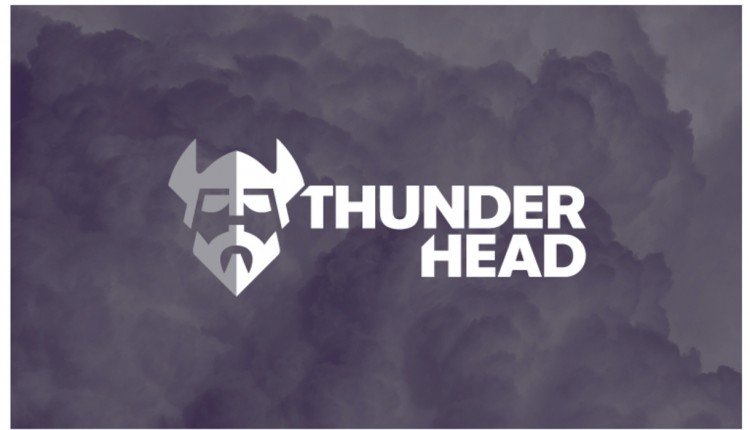
Image by: PeopleImages, ©2017 Getty Images
Caught in the wake of customer experience (CX) giants like Amazon, Zappos, and Apple, companies in every industry, including heavily regulated ones, are recognizing that CX is becoming a more important differentiator for their businesses than product or price. In fact, research firm Econsultancy surveyed 14,000 global marketers and e-commerce professionals and found that optimizing CX was the top priority for 2017.
Yet, it’s one thing to know that exceptional CX is a business necessity, but it's altogether another to understand how to get there. In our view, for enterprises to be successful, it’s important to pay close attention to these four disruptive trends and to have a CX strategy to address them all.
1. The Connected, Always-On Consumer
Fueled by technology, consumers now have more information, more choices, a louder voice, and, ultimately, more power than ever before. They are not only interacting with companies differently, they are also talking among themselves using social media, online reviews, and peer-to-peer recommendations. All of this results in an expectation that the brands they choose to interact with will do so with immediacy and highly personalized, relevant messaging—and they better do so in the way that the customer prefers.
2. Burgeoning Technology
Developments in robotics, artificial intelligence, voice-recognition technology, the Internet of things (e.g., wearable devices, smart appliances), autonomous vehicles, and blockchain ledgers will dramatically reshape the economy, society, and the way business is conducted. All of this will happen at light speed due to the move to a cloud-based environment built on application program interfaces (APIs) and micro services. While we may not know which CX channels will dominate, we can be sure that new channels will emerge, and we will need to address them as technology advances.
3. Regulation
This trend isn’t new, but it is a growing threat to effective customer communications. In the US, the median number of restrictions per industry is 1,130, with the energy sector being the most challenged, tallying 45,000 restrictions. From a CX perspective, restrictive regulation can have a direct impact on how an organization engages with its customers. Ensuring that your customer communications management (CCM) technology is optimized to work within your regulatory framework will be key to reducing the risk of costly penalties while communicating in ways that customers expect.
4. Data
The amount of data in enterprises globally will soon surpass the 30 zettabyte mark (zetta means one followed by 21 zeros). Challenges in using this trove of information to improve CX will include data enrichment (complementing an existing data point with data from another source), data cleansing, and verification. Managing data will continue to be a crucial element for obtaining actionable insights to create better customer experiences.
The rise of empowered consumers, new technologies, regulation, and data all require companies to find better ways to respond to new market realities. Optimizing customer communications with the goal of building better CX across the customer journey will push us all to adopt strategies that address these disruptors. Handling complexities, overcoming silos, and managing physical communications alongside digital for true omni-channel deployment will all be a part of the process.
Ultimately, organizations that adopt a CX mindset and empower employees to own their communications will be in the best position to change the status quo and reap the benefits of a rapidly changing CX landscape. In my opinion, things are really getting exciting.
Scott Draeger is Vice President of Product Management at Quadient. He joined the digital document industry in 1997, after graduating from UNLV. He started as a document designer using a collection of hardware and software technologies, before moving to the software side of the industry. His broad experience includes helping clients improve customer communications in over 20 countries. For more information, visit www.quadient.com or follow him on Twitter @scottdraeger.













